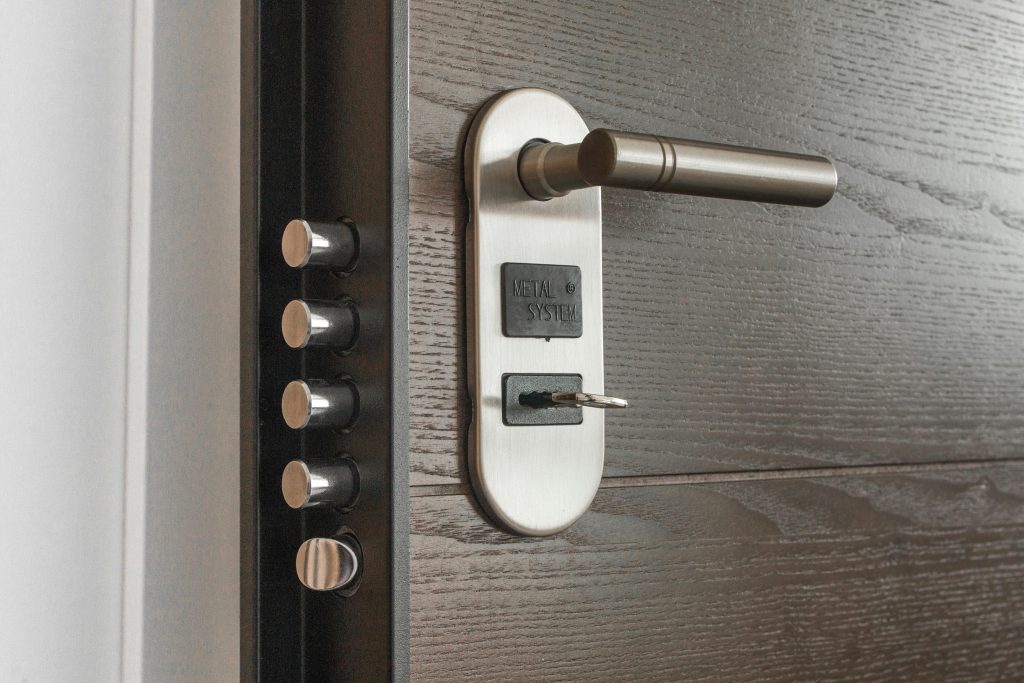Introduction
In recent years, the concept of sustainable living has evolved from an idealistic dream to a practical reality, thanks in no small part to innovations in eco-friendly housing. Self-sustaining ecosystem homes—designed to minimize waste and optimize resource use—are at the forefront of this movement. However, financing these green havens can be as complex as their designs. This article explores how to secure mortgages for these zero-waste living spaces, offering insights into the unique challenges and opportunities involved.
Understanding Self-Sustaining Ecosystem Homes
Self-sustaining ecosystem homes, or zero-waste living spaces, are designed to operate with minimal external inputs. They incorporate advanced systems like rainwater harvesting, solar panels, and composting toilets, aiming to reduce reliance on traditional utilities and waste management systems. These homes often feature:
- Energy Efficiency: High-performance insulation, passive solar heating, and energy-efficient appliances.
- Water Management: Systems for collecting and recycling rainwater and greywater.
- Waste Reduction: On-site composting and waste-to-energy systems.
- Sustainable Materials: Use of eco-friendly building materials such as reclaimed wood, bamboo, or recycled metals.
Challenges in Financing Eco-Friendly Homes
Securing a mortgage for a self-sustaining ecosystem home can be challenging due to several factors:
1. Valuation Concerns
Traditional home appraisals may not fully account for the benefits of sustainable features. Standard appraisal models are often ill-equipped to evaluate the long-term savings and environmental benefits of energy-efficient technologies and sustainable materials. This discrepancy can result in undervaluation, affecting the mortgage amount a buyer might be approved for.
2. Lender Knowledge
Many lenders are unfamiliar with the intricacies of green building practices. The lack of standardized benchmarks and understanding can lead to difficulties in securing financing. Lenders may be hesitant to approve mortgages for homes with unconventional features, viewing them as higher risk.
3. Higher Initial Costs
Eco-friendly homes often come with higher upfront costs due to advanced technologies and sustainable materials. While these investments can lead to significant long-term savings, the higher initial expense can be a barrier for many buyers.
Strategies for Financing Self-Sustaining Homes
Despite these challenges, there are several strategies and resources available to help prospective homeowners secure financing for their zero-waste living spaces:
1. Green Mortgages
Green mortgages are specifically designed to support the purchase or renovation of energy-efficient homes. These loans often come with favorable terms, such as lower interest rates or higher loan amounts, to encourage the adoption of sustainable practices. In some cases, they may also offer incentives for incorporating renewable energy sources or other eco-friendly upgrades.
2. Government Programs and Incentives
Many governments offer programs and incentives to promote green building practices. For example, the U.S. Federal Housing Administration (FHA) offers the Energy Efficient Mortgage (EEM) program, which allows buyers to finance energy-saving improvements as part of their mortgage. Similarly, various state and local programs may provide grants, tax credits, or rebates for sustainable home features.
3. Specialized Lenders and Institutions
Some financial institutions specialize in green or sustainable financing. These lenders have a deeper understanding of the unique aspects of self-sustaining homes and may offer more tailored mortgage solutions. Researching and approaching these specialized lenders can increase the likelihood of securing a favorable mortgage.
4. Home Equity Loans and Lines of Credit
For those who already own a property, leveraging home equity can be a viable option for financing the construction or renovation of a self-sustaining home. Home equity loans and lines of credit allow homeowners to borrow against the value of their existing property, potentially providing the necessary funds for green upgrades.
5. Personal Loans and Alternative Financing
If traditional mortgages are not an option, personal loans or alternative financing methods can be explored. These might include community development financial institutions (CDFIs), crowdfunding platforms, or partnerships with environmental organizations. While these options may come with different terms and conditions, they can provide the necessary capital for green projects.
The Future of Green Financing
As the demand for sustainable living spaces grows, the financial industry is gradually adapting to accommodate this shift. Increased awareness and understanding of the benefits of green homes are leading to more innovative financing solutions and broader acceptance of eco-friendly mortgages.
1. Innovations in Appraisal Methods
Efforts are underway to develop new appraisal methods that better account for the value of energy-efficient and sustainable features. These advancements could help bridge the gap between the actual value of eco-friendly homes and their market appraisal, making it easier for buyers to secure adequate financing.
2. Growing Market for Green Homes
As more people recognize the long-term savings and environmental benefits of self-sustaining homes, the market for green homes is expected to expand. This growth will likely lead to increased competition among lenders and more favorable mortgage terms for eco-friendly properties.
3. Educational Initiatives
Increasing education and awareness about green building practices among both lenders and borrowers will be crucial in fostering a more supportive financing environment. Continued advocacy and collaboration between the green building community and financial institutions can help drive positive change.
Conclusion
Financing self-sustaining ecosystem homes presents a unique set of challenges, but with the right strategies and resources, achieving your green living goals is within reach. By exploring green mortgages, government programs, specialized lenders, and alternative financing options, prospective homeowners can overcome financial barriers and embrace a zero-waste lifestyle. As the market for sustainable living spaces continues to grow, the financial industry is likely to evolve, offering even more opportunities for those committed to making a positive impact on the environment.

